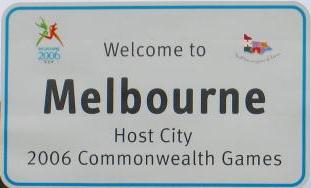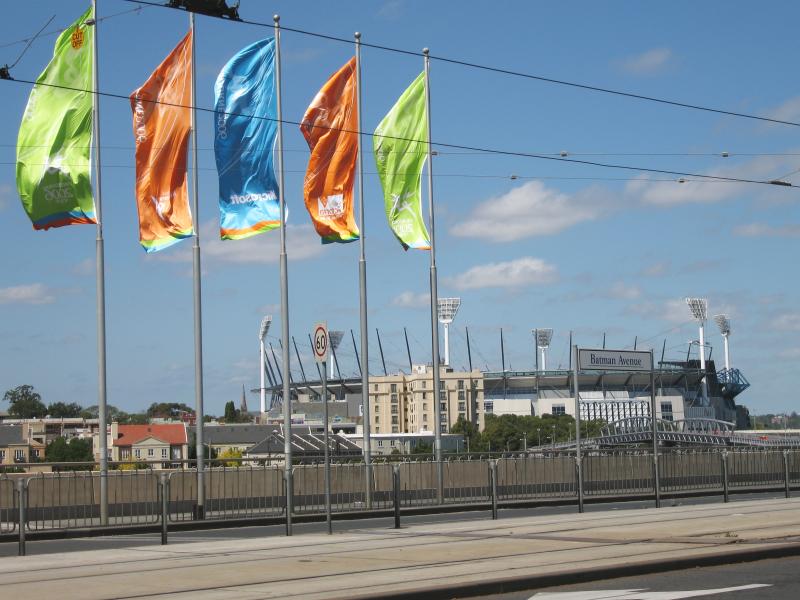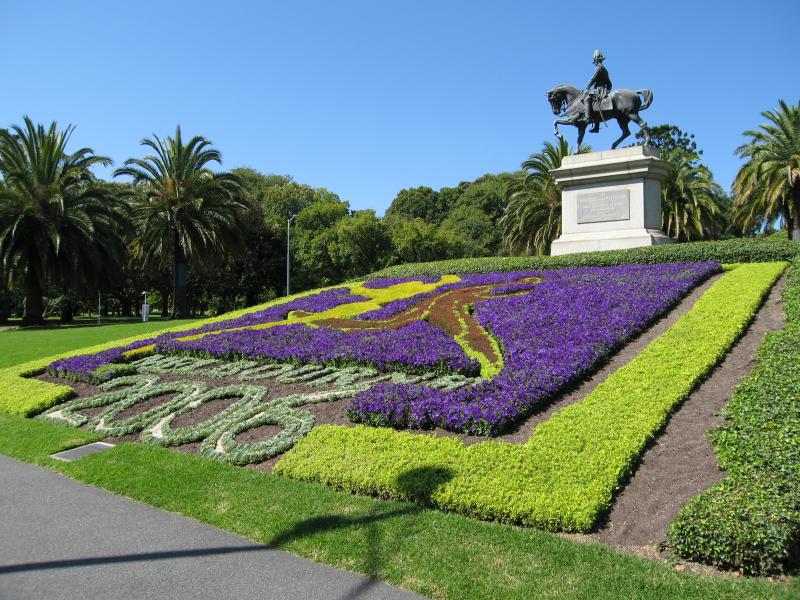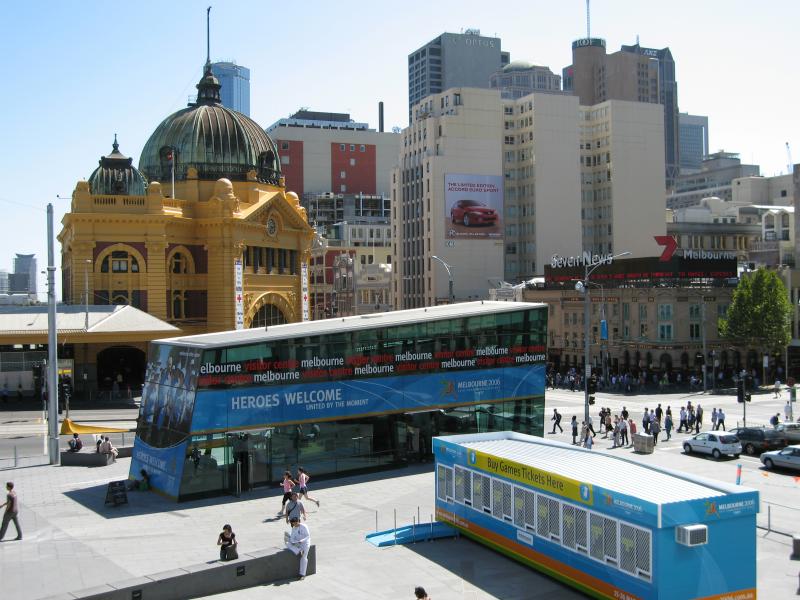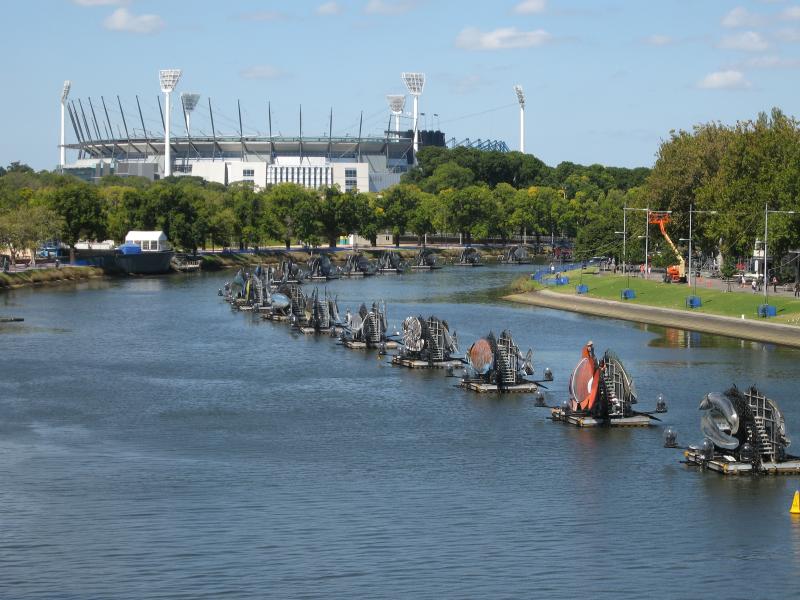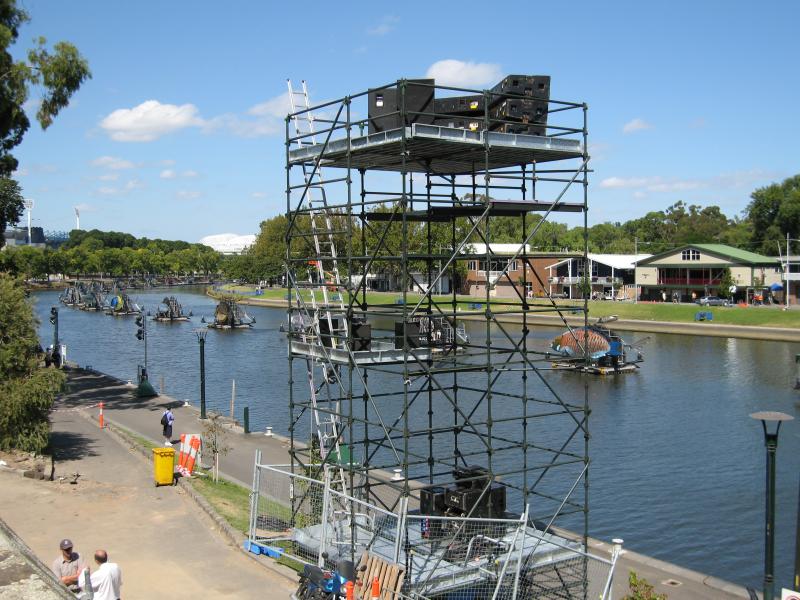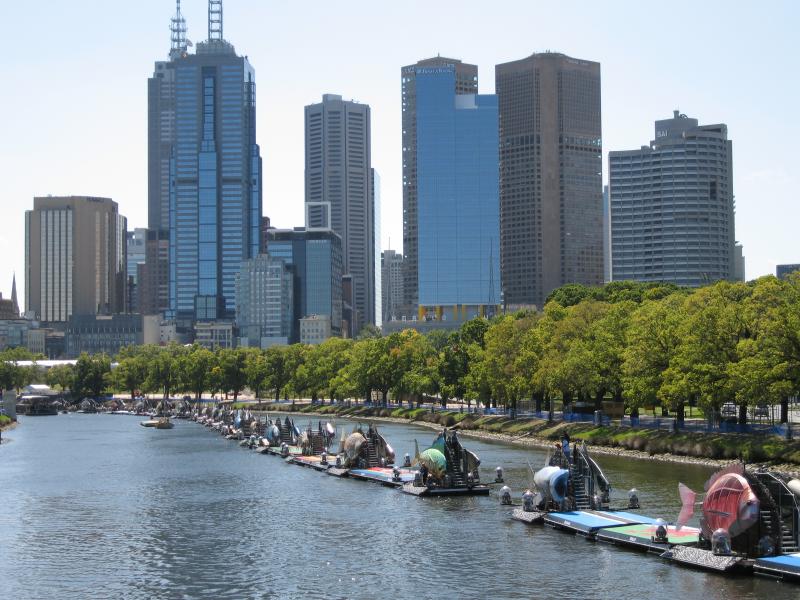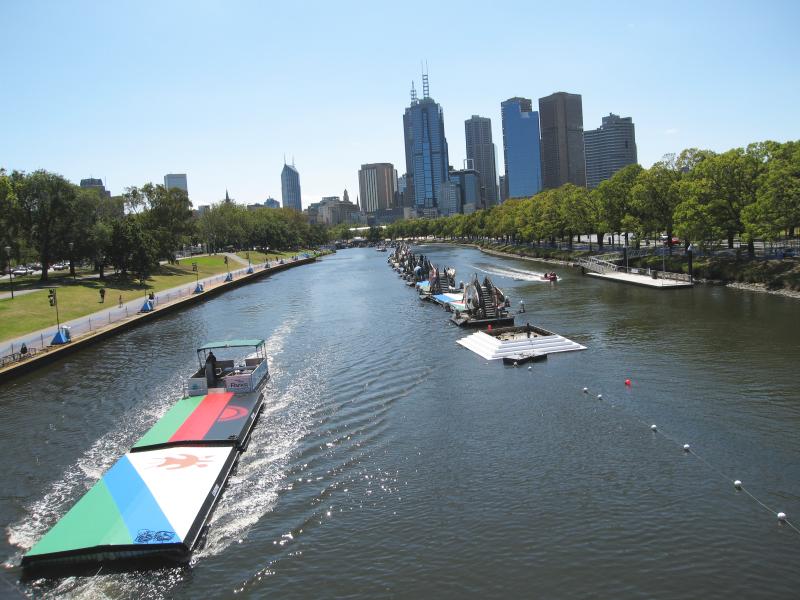It has now been 60 years since the Olympic Games were held in Melbourne.
The Olympic Games are one of the world’s largest international sporting events, with thousands of athletes representing almost every nation on the planet competing against each other.
Australia has hosted the Summer Olympic Games twice. The most recent was Sydney in 2000, and the first was Melbourne in 1956.
Olympic Games – 22nd November to 8th December 1956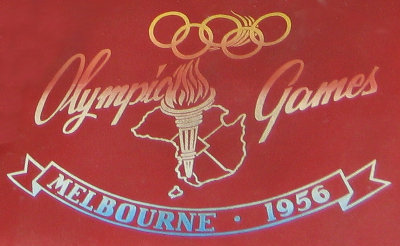
In 1949, Melbourne was successful in its bid to host the 1956 Olympic Games. It was a close contest, with Melbourne winning by just one vote from Buenos Aires, Argentina. This was to be the first time that the Olympics would be staged in the southern hemisphere, a fact that some felt may be an inconvenience to northern hemisphere athletes, as the Games would be taking place during their usual off-season.
Initially, there were some organisational worries due to problems obtaining financial funding and for a while it was looking as if Melbourne would not be ready by the scheduled start date. A couple of years before the Games were to be staged, the International Olympic Committee (IOC) even considered moving them to Rome, which was to host the 1960 Olympics and which was progressing well with its preparations. However, Melbourne’s early problems were overcome and by early 1956 all was on track.
The Melbourne Olympics wasn’t without its share of political turmoil. Several countries decided to boycott the Games due to problems overseas. Shortly before the Games began, the Soviet Union invaded Hungary. This saw the Netherlands, Spain and Switzerland withdraw from the Games in protest. Egypt, Iraq and Lebanon withdrew due to tensions between Egypt and Israel over the Suez Canal, and the People’s Republic of China also withdrew because the Republic of China (Taiwan) was being allowed to compete.
The Olympic flame was lit at Olympia on 2nd November 1956. It was carried to Athens, Darwin and Cairns, then down the east coast of Australia, arriving in Melbourne for the Opening Ceremony at the Melbourne Cricket Ground (MCG) on 22nd November. The honour of lighting the Olympic cauldron fell to distance runner Ron Clarke, and the Games of the XVI Olympiad – as the Melbourne Olympics were known – had officially begun.
Of the 19 sports in which competition took place in the 1956 Olympics, 18 were held in Victoria. The equestrian events were staged in Stockholm, Sweden in June of 1956. This was because Australia’s strict quarantine regulations did not allow the entry of horses into the country. This was the first time that Olympic Games events had been held in more than one country.
More than 3300 athletes attended the 1956 Olympics, with 67 nations competing in Melbourne, while a further five countries competed only at the equestrian events in Stockholm. The Olympic Village, in which the athletes were housed in Melbourne, was located at Heidelberg West. Today, these buildings are used for public housing.
Events were held at various venues. The MCG was used as the main Olympic stadium and was the venue for the athletic events. It also hosted soccer and hockey finals, and demonstrations of Australian rules football and baseball. Other soccer events were held at Olympic Park, while the Olympic Pool hosted the swimming, diving and water polo competitions. Both of these venues are now part of the Melbourne and Olympic Park complex.
Festival Hall was the venue for gymnastics, boxing and wrestling events. Today, it continues to be an entertainment venue, hosting events from music concerts to boxing matches. Sailing events were conducted on Port Phillip, and rowing, canoeing and kayaking competitions took place on Lake Wendouree at Ballarat.
For the most part, the Games were conducted in a relaxed manner and became known as the “Friendly Games”. Unfortunately, this wasn’t the case in the men’s water polo semi final match between Hungary and the Soviet Union. It became know as the “Blood in the Water” match due to the violence that erupted between the two teams. The Hungarians won the match 4-0 and went on to win the gold medal.
The conclusion of the Olympic Games saw the Soviet Union at the top of the medal table with 37 gold, 29 silver, and 32 bronze medals. The United States finished second with a total of 74 medals, including 32 gold. Australia filled third place with 35 medals – 13 gold, 8 silver and 14 bronze.
As continues to be the case today, Australia’s most successful sport was swimming, winning a total of 14 medals, including 8 gold. In the men’s events, Australia won five of the seven races, with Murray Rose winning two individual golds plus another in the 4x200m freestyle relay.
The women’s events saw Australia successful in three of the six races, with Dawn Fraser and Lorraine Crapp winning an individual gold and silver each, and another gold in the 4x100m relay. In both the men’s and women’s 100m freestyle events, Australians filled all three placings.
Australia also had considerable success in track events, gaining 12 medals including 4 gold. Betty Cuthbert won gold in the 100m and 200m, while Shirley Strickland took out the 80m hurdles. Both women were also part of the winning 4x100m relay team.
Other highlights of the Games included Vladimir Kuts from the Soviet Union winning both the 5,000m and 10,000m running events; American runner Bobby Joe Morrow equalling Betty Cuthbert’s success, taking out the men’s 100m, 200m and 4x100m relay; the Indian hockey team taking the gold for the sixth consecutive time; and Hungarian boxer Laszlo Papp winning his third gold in the light middleweight event.
The 1956 Melbourne Olympics concluded with the closing ceremony on 8th December. Following a suggestion by a Melbourne teenager by the name of John Wing, instead of marching at the closing ceremony with their nation’s team, athletes from different countries were allowed to mingle, as a show of world unity. This became a closing ceremony tradition that continues to this day.
For further information about the Olympic Games, see www.olympic.org.
